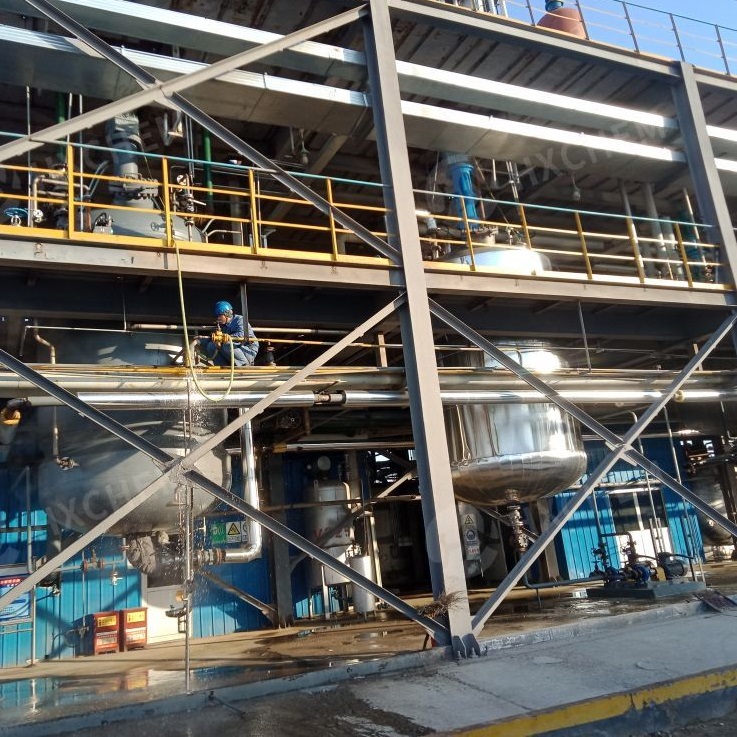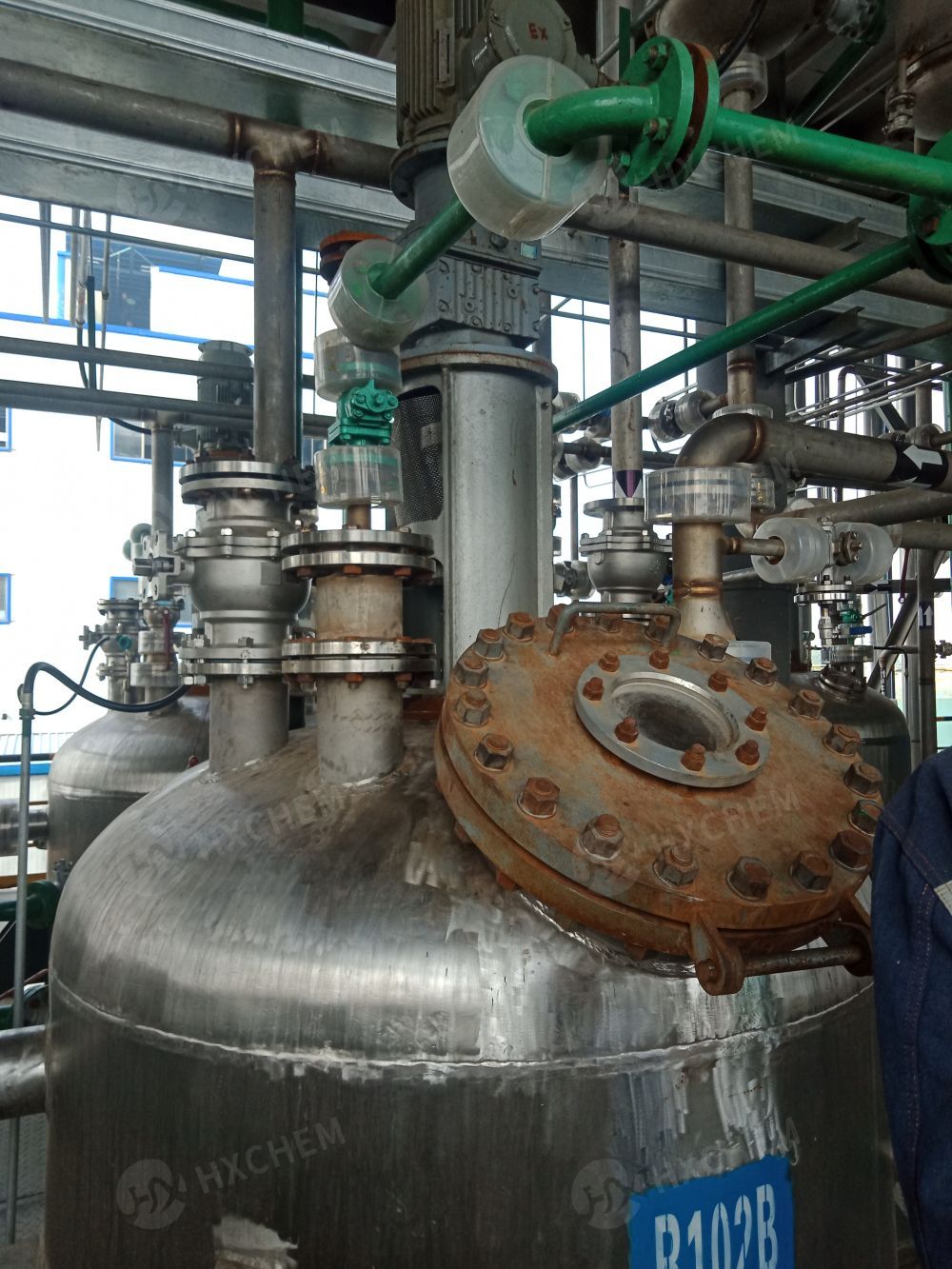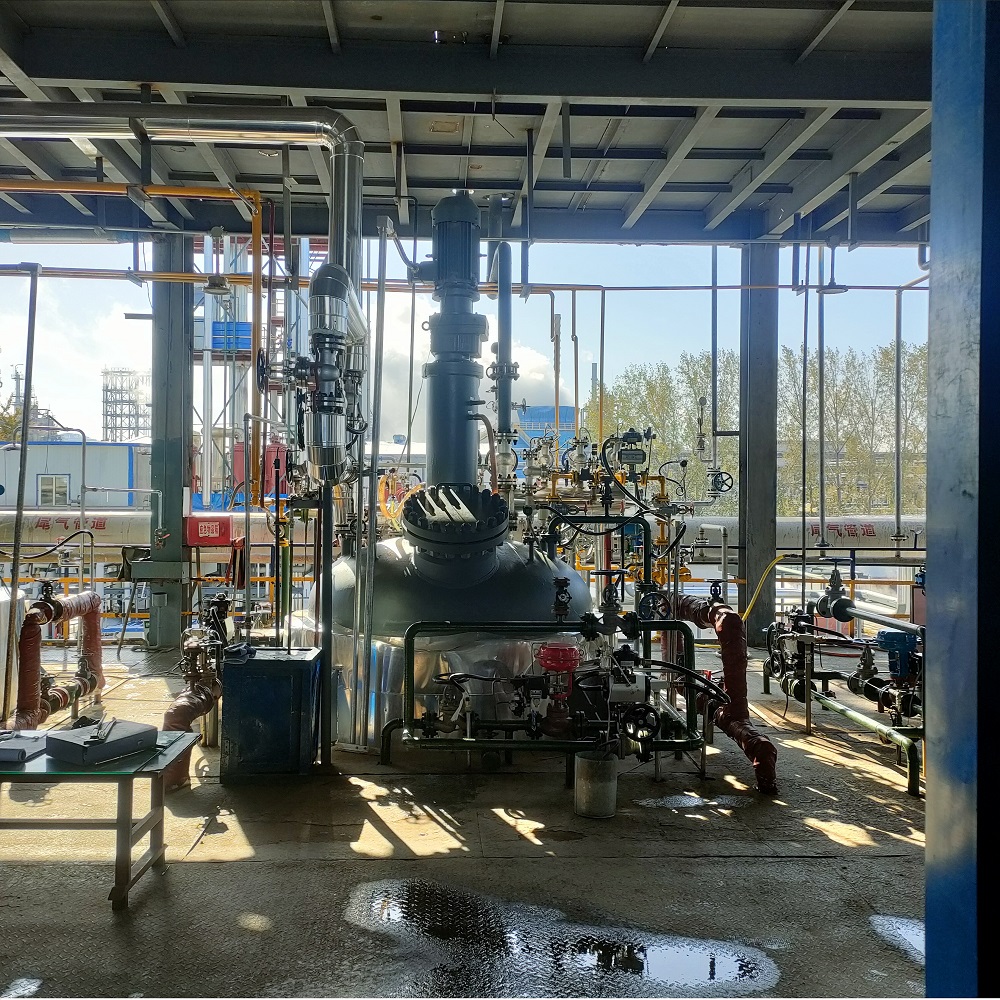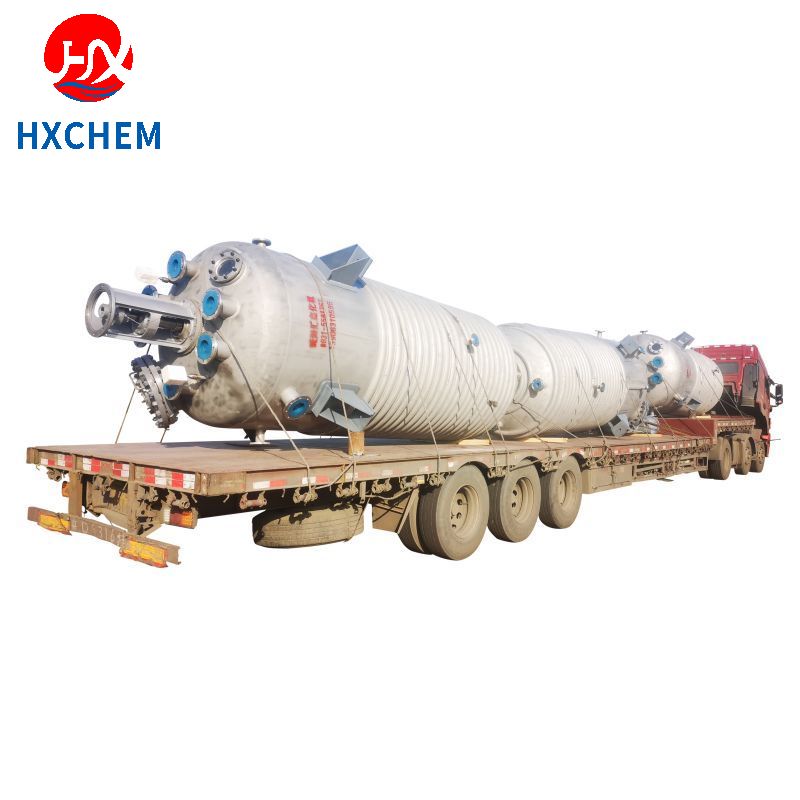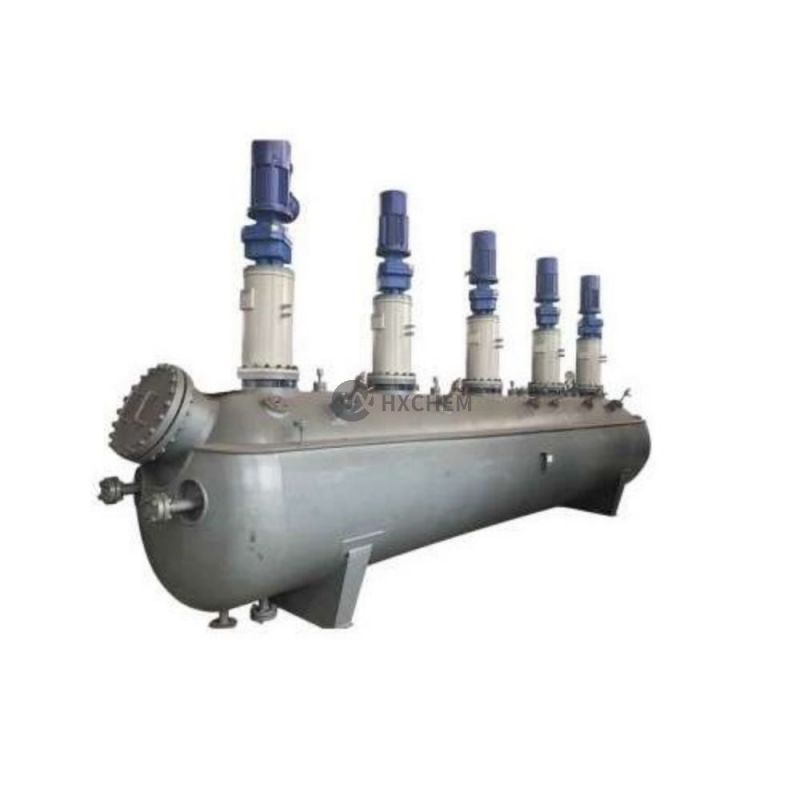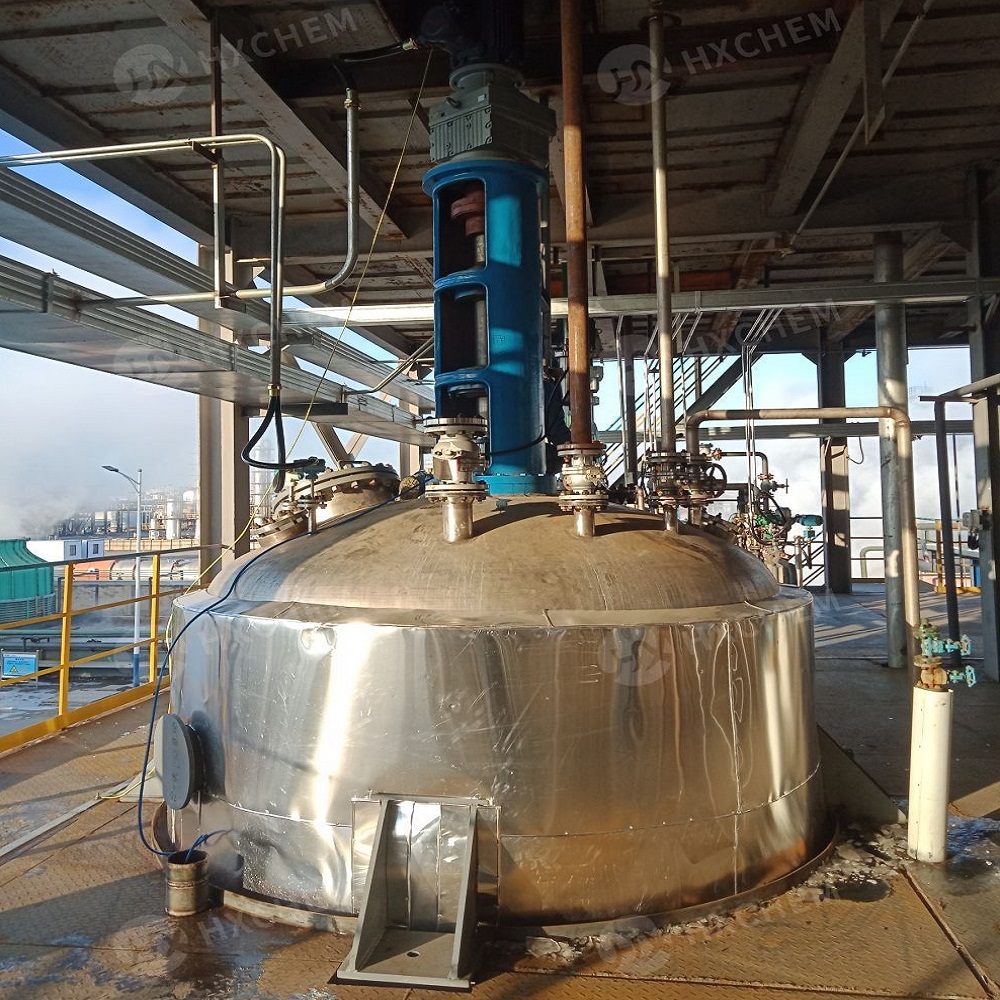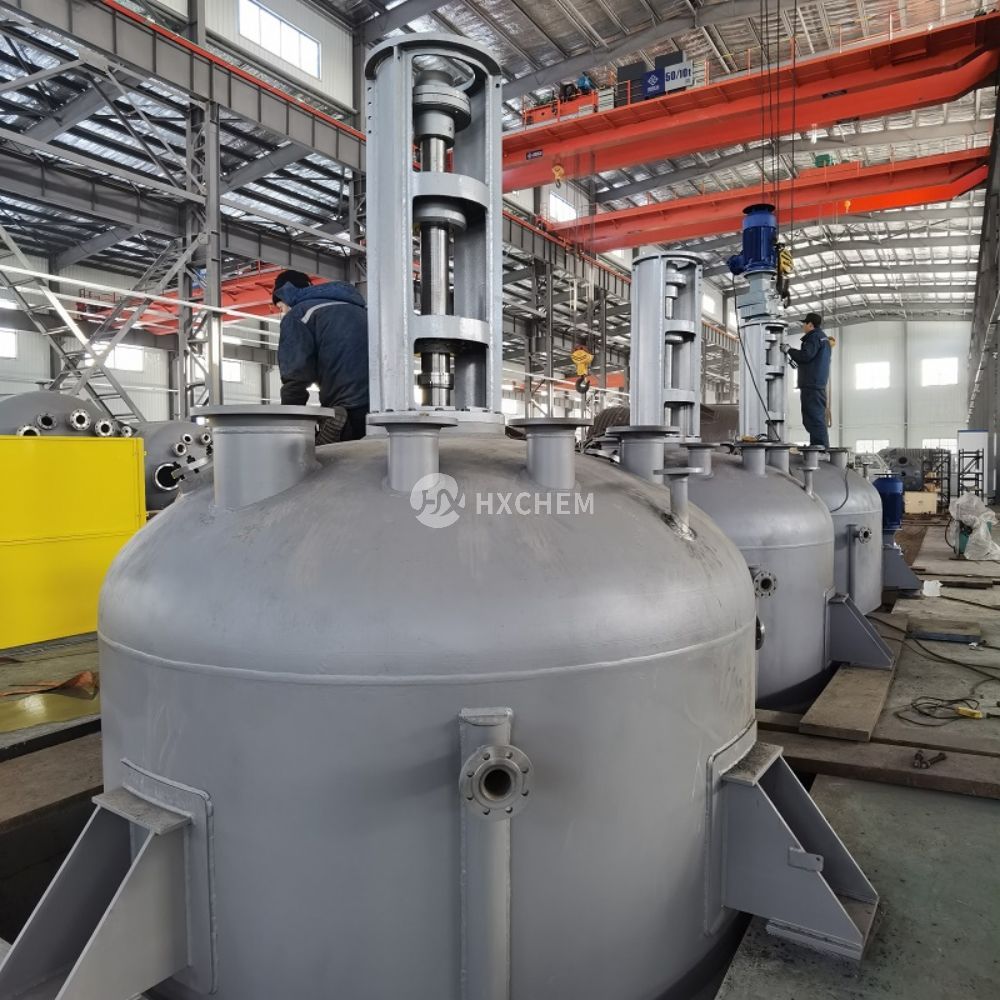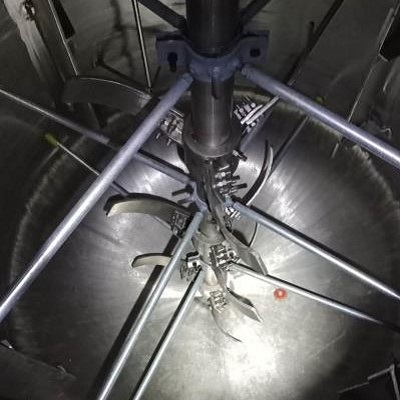Polymerization reactors
Polymerization is a process of reacting monomer molecules together in a chemical reaction to form polymer chains. HXCHEM supply various Polymerization reactors; Polymer reactor; High pressure polymerization reactors; Stainless steel polymerization reactors; Industrial polymerization reactors from lab to industrial.
- HXCHEM
- China
- 60 days after payment
- 40 sets/month
Details
Polymerization Reactors
INTRODUCTION
Synthetic polymers are synthesized from monomers by a multitude of reaction mechanisms, including addition and step-growth reactions, and polymerization processes (e.g., bulk, solution, precipitation, suspension, emulsion, solid catalyzed polymerization, and interfacial polycondensation). Their macromolecular architecture (e.g., molecular weight distribution, copolymer composition distribution, and branching distribution) depends not only on the chemical nature of the monomers, type of polymerization mechanism, and physical state of the polymerization system but also on the reactor configuration. A variety of polymerization reactors, including continuous (e.g., continuous stirred tanks, train of continuous stirred tank reactors, and loop-type reactors), batch, and semibatch, are commonly employed in polymer manufacturing.
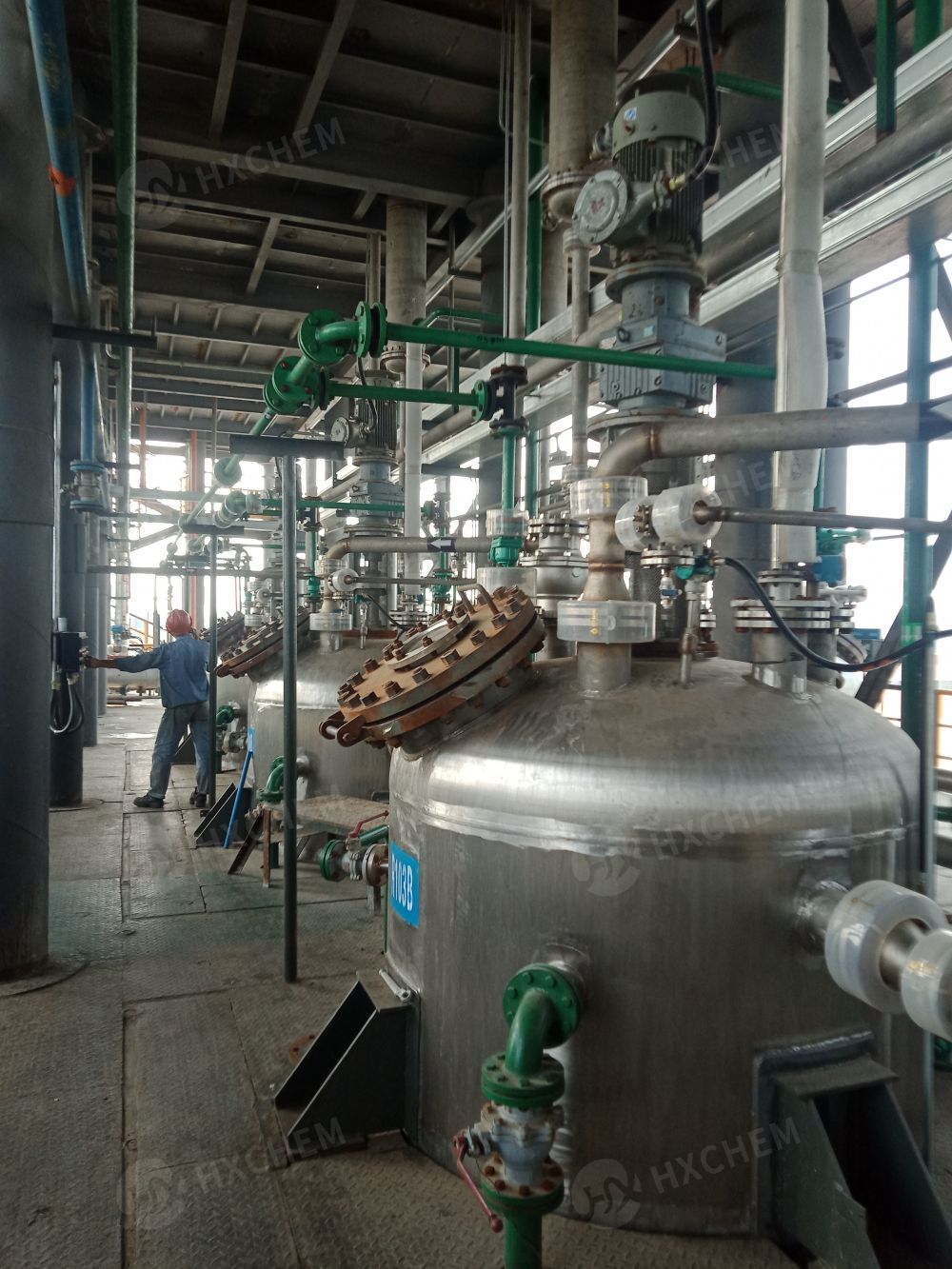
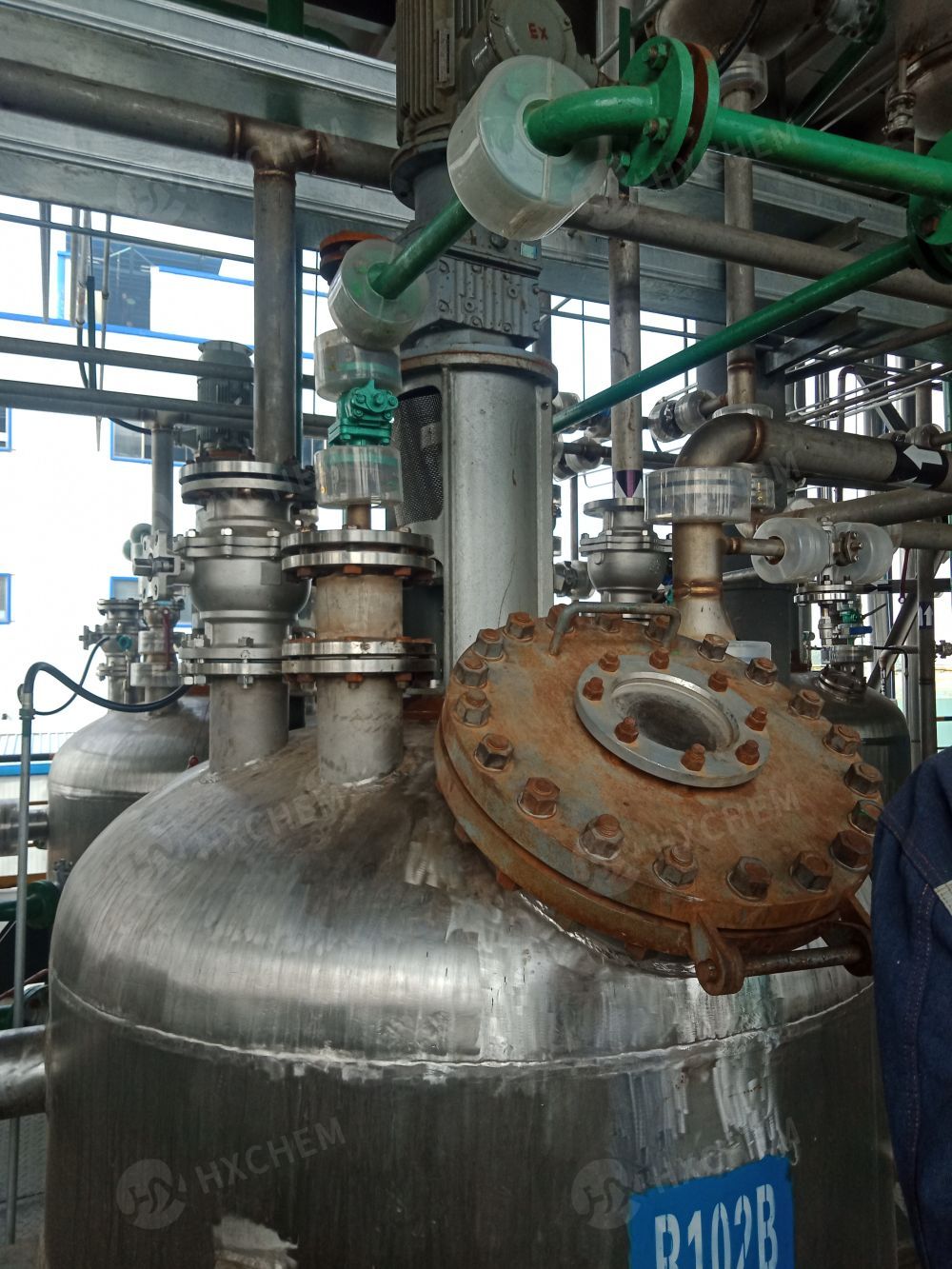
MAIN SPECIFICATION | |
Type | FCH1000~80,000L |
Volume(L) | 1000~80,000L |
Working pressure(MPa) | Negative pressure -0.1~20 |
Working temperature(°C) | -196~350℃ |
Stirring speed(rpm) | 0~1200 |
Motor power(KW) | 80w~125kw |
Heating power(KW) | 3~90 |
Heating type | Heat oil heating, steam heating, Electric heating, Electromagnetic heating, far-infrared heating, |
Charging type | Charging from above, discharging from bottom. |
Stirring type | Customized propeller, turbine, paddle, anchor, frame, screw belt type. ...etc |
Seal type | Magnetic seal, mechanical seal, |
Motor | General DC motor, DC servomotor or explosion-proof motor according to customers’ requirements. |
Construction materials (Wetted parts) | Stainless steel SUS304, SS316L, SS310S, 321, duplex steel 2205, Titanium, Nickel, Zirconium, or PTFE lining, Hastelloy C-276, C22, cladding plate. |
Other Accessories | Condenser, storage vessel, constant pressure feed tank, receiving tank, thin film evaporator&Short path (molecular) distillation. |
Condensation polymerization releasing small molecules as by-products such as water or methanol. Because this reaction resulting loss of small molecules which is often water, it’s also called dehydration polymerization. Concentrated Sulfuric Acid is used to process to accelerate reaction. Peptide binding and Ester binding is a typical example of condensation polymerization. Ex) polyamide, polyester, urethane, bakelite
Addition Polymerization Addition polymerization is a reaction, where many monomer bond together via rearrangement of bonds without the loss of any monomers. This occur in different ways which may be through free radical polymerization, cationic polymerization, anionic polymerization andcoordination polymerization. Ex) PVC, polyethylene, polystyrene Copolymerization Copolymerization is a reaction derives polymer from 2 (or more) monomeric species, as opposed to a homopolymer where only one polymer is used. Common examples of this is a rubber using butadiene and styrene. It's widely used in chemical industry and fiber industry. Coordination Polymerization Coordination Polymerization is a reaction in which monomer adds to growing macromolecule through an organometallic active center. Coordination type polymers are also stereoregular and can be isotactic or syndiotactic instead of just atactic. Polymerization Pros and Cons of Polymerization Polymerization used in industry is classified as follow : bulk polymerization, solution polymerization, suspension polymerization, emulsion polymerization. Refer to the following table for properties of each methods.

